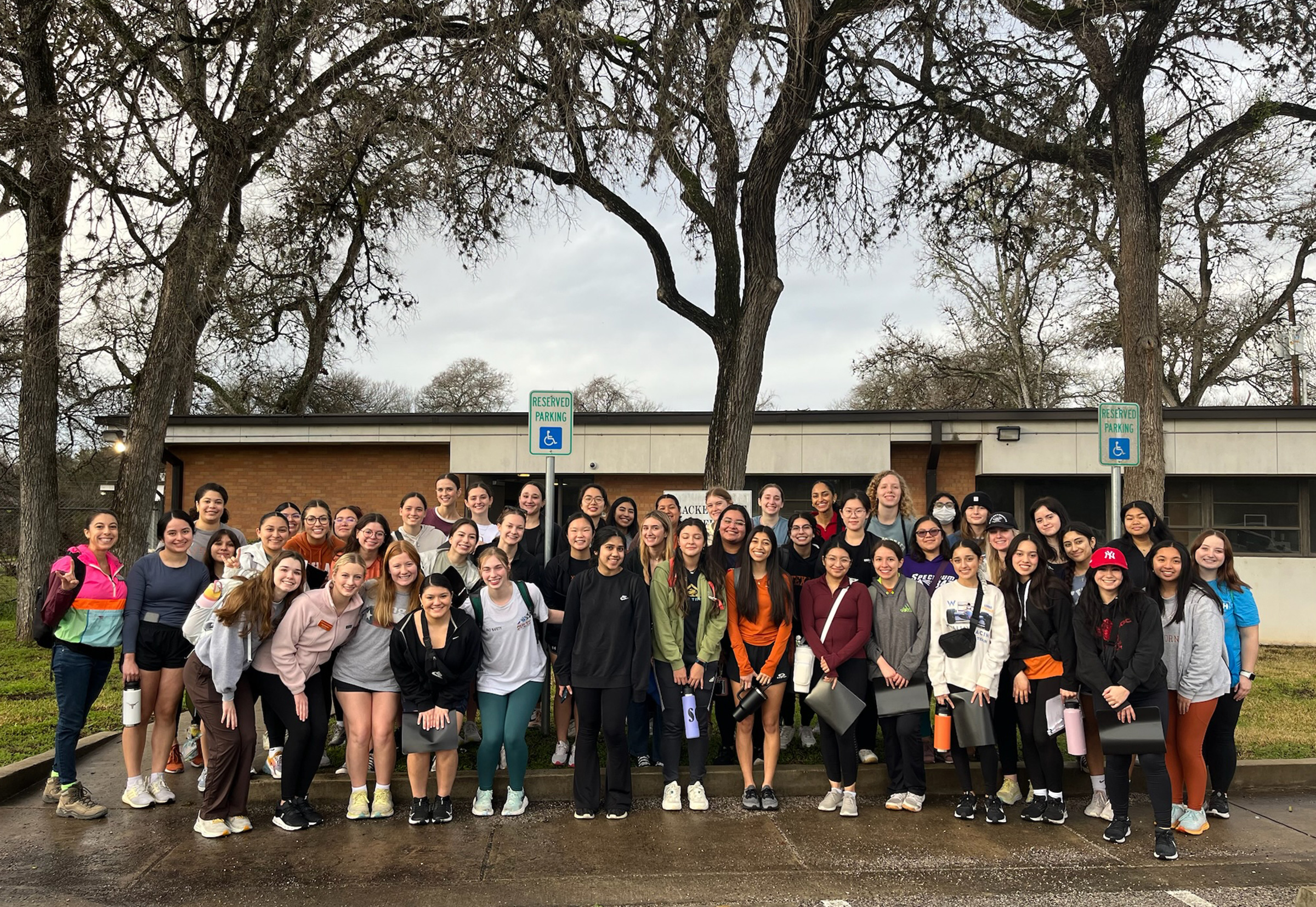News
Dell Medical School
Arbel Harpak: Pursuing the Next Frontier in Genetics
Arbel Harpak, recently named a Pew Scholar in the Biomedical Sciences, researches how genetic makeup can have dramatically different impacts on health and evolution in males and females.

For Rainforest Amphibians, the Bigger the Toes, the Higher They Go
In rainforests in Gabon, amphibians with larger toes relative to their body length are found higher in the forest canopy.

What Will Extreme Weather Events Mean for Texas’s Favorite Bugs?
The answer matters for people, too, given how insects affect whole ecosystems.

Targeted Grazing May Help Beat Invasive Buffelgrass
Researchers head to Kenya to unlock the weaknesses of invasive buffelgrass to combat it here in Texas.

Texas Field Station Network Catalyzes Collaborations Across Field Sites
The recently announced largest-ever gift to the college is helping to bring new research synergies.

Otters, Especially Females, Use Tools To Survive a Changing World
A new study has found that individual sea otters that use tools — most of whom are female — are able to eat larger prey and reduce tooth damage when their preferred prey becomes depleted.

Biologist in National Academy of Sciences to Address 2024 Graduates
Nancy Moran, the acclaimed evolutionary biologist, will address College of Natural Sciences graduates on May 11.




